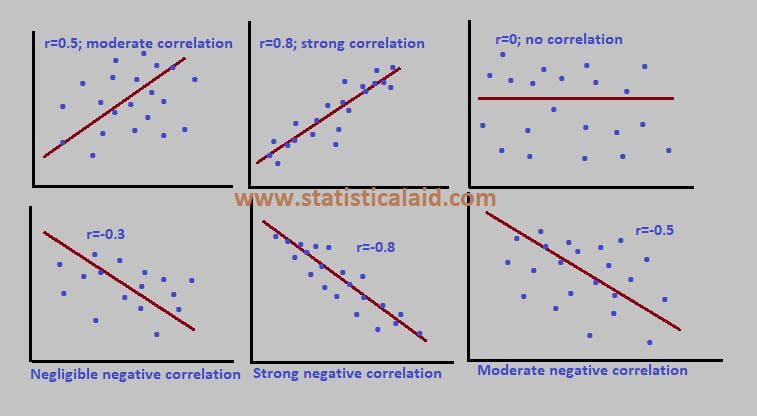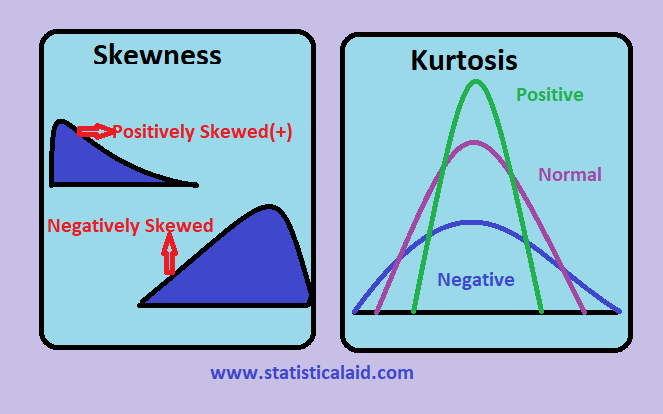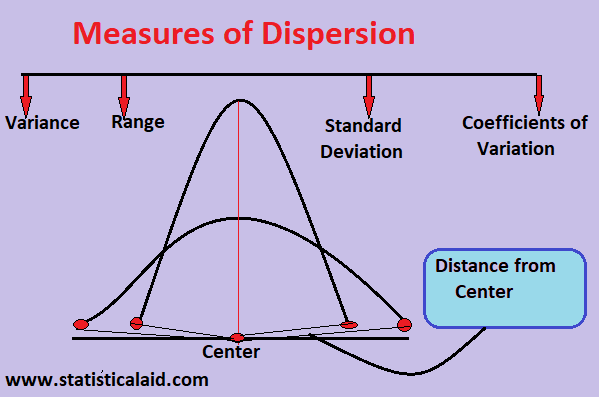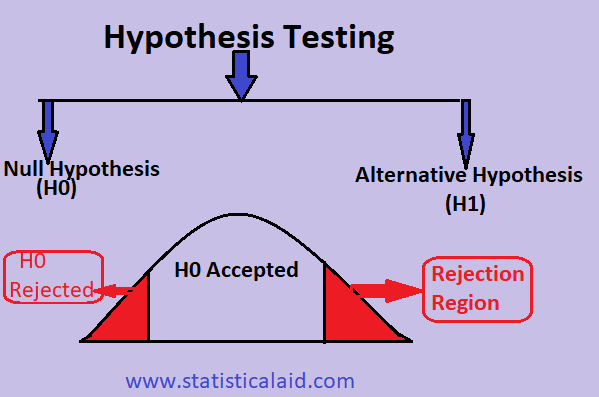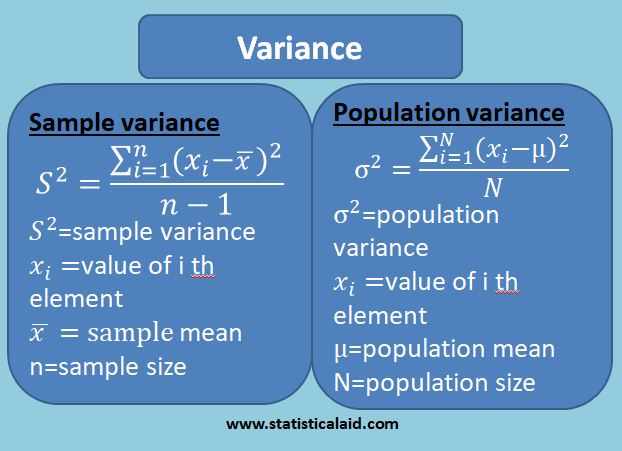Statistical tests are used to test hypotheses relating to either the difference between two or more samples/groups, or the relationship between two or more variables. What is a statistical test? Statistical tests assume a null hypothesis. Depending on what you…
How to choose the right statistical test



